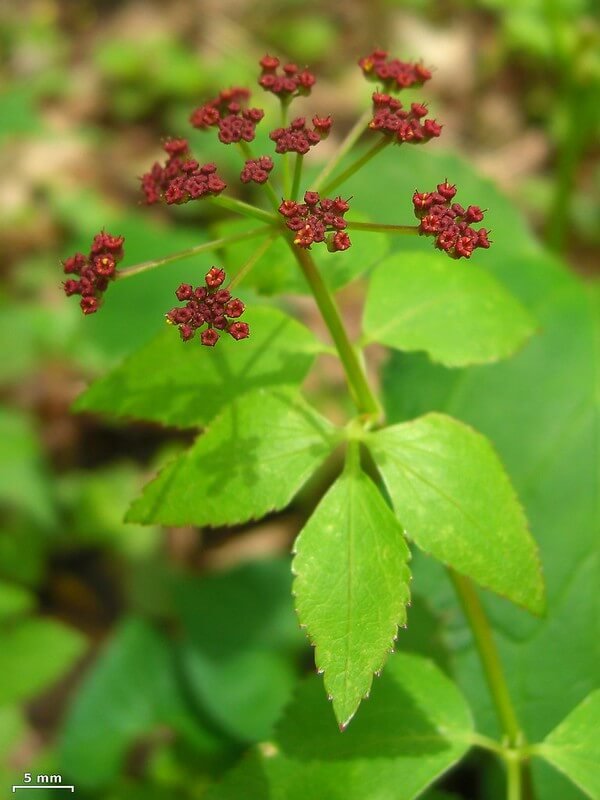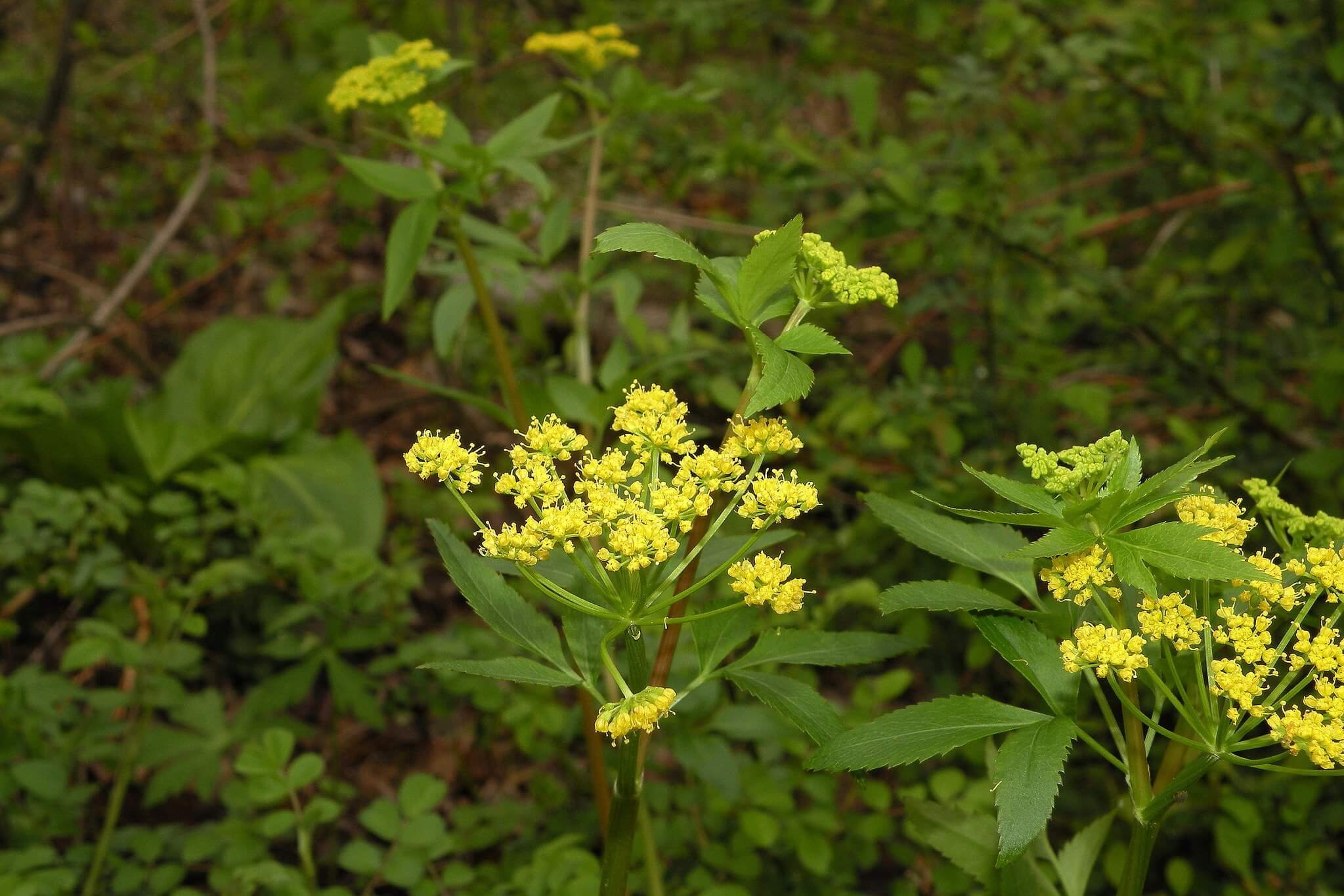Rattlesnake Master (Eryngium yuccifolium)
This is such a unique member of the carrot family and a great plant to give texture to your pollinator garden. The flowering heads attract many kinds of insects, including native bees, butterflies, skippers, and moths. It is a host plant to the Black Swallowtail Butterfly and it is recommended as a preferred pollinator plant by the Xerces Society (Xerces.org). The coarse foliage and prickly balls of flowers are not popular as a source of food with mammalian herbivores, although they may nibble off the ends of the leaves. Rattlesnake Master is considered endangered in Michigan, so just another great reason to grow this unusual looking plant (mnfi.anr.msu.edu).
Photo credit: Joshua Mayer (1), John Blair (2)
This is such a unique member of the carrot family and a great plant to give texture to your pollinator garden. The flowering heads attract many kinds of insects, including native bees, butterflies, skippers, and moths. It is a host plant to the Black Swallowtail Butterfly and it is recommended as a preferred pollinator plant by the Xerces Society (Xerces.org). The coarse foliage and prickly balls of flowers are not popular as a source of food with mammalian herbivores, although they may nibble off the ends of the leaves. Rattlesnake Master is considered endangered in Michigan, so just another great reason to grow this unusual looking plant (mnfi.anr.msu.edu).
Photo credit: Joshua Mayer (1), John Blair (2)
This is such a unique member of the carrot family and a great plant to give texture to your pollinator garden. The flowering heads attract many kinds of insects, including native bees, butterflies, skippers, and moths. It is a host plant to the Black Swallowtail Butterfly and it is recommended as a preferred pollinator plant by the Xerces Society (Xerces.org). The coarse foliage and prickly balls of flowers are not popular as a source of food with mammalian herbivores, although they may nibble off the ends of the leaves. Rattlesnake Master is considered endangered in Michigan, so just another great reason to grow this unusual looking plant (mnfi.anr.msu.edu).
Photo credit: Joshua Mayer (1), John Blair (2)
Life Cycle: Perennial
Sun Exposure: Full
Soil Moisture: Medium-wet, Medium, Medium-dry
Height: 4 feet
Plant Spacing: 1.5-2 feet
Bloom Time: July - September
Bloom Color: White
Advantages: Pollinator Favorite, Bird Favorite, Deer Resistant, Great Landscaping Plant
Host Plant: Black Swallowtail and 2 other species of butterflies and moths use this as a caterpillar host plant in our area (www.nwf.org/)
Species of Concern: State Status: Endangered (legally protected). State Rank: Imperiled (mnfi.anr.msu.edu).







